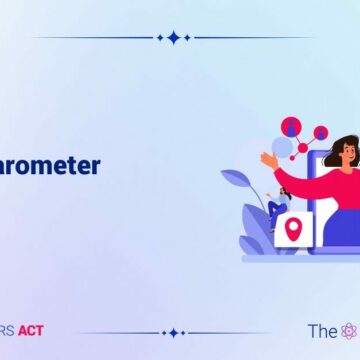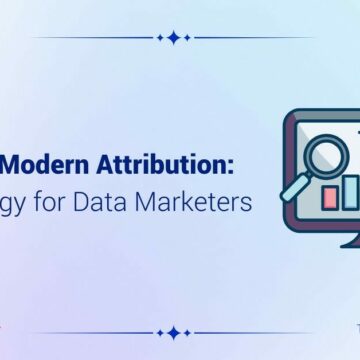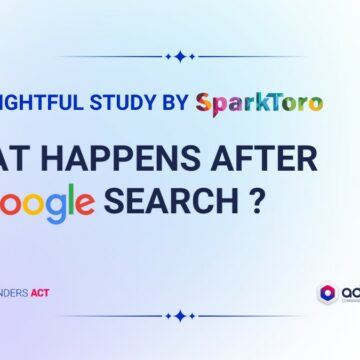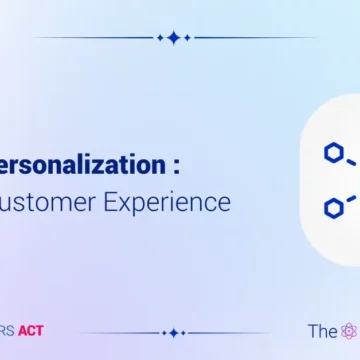End of Third-Party Cookies: Stay on track even after Google’s decision
08/10/2024 |
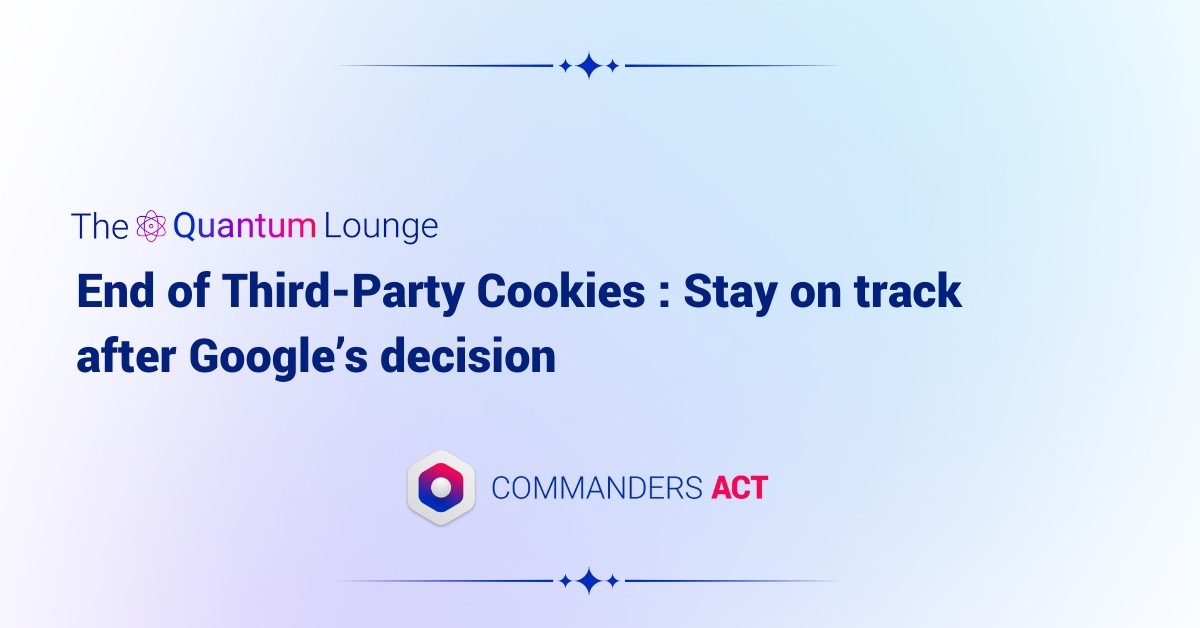
After years hesitating and attempting to find the best option, Google decided to keep supporting third-party cookies in Chrome. Only adding a user approval on accepting Privacy Sandbox data collection, even though the specifics are still unclear at the time of writing.
This decision is not surprising, even though it’s rather unexpected as Google has accustomed us to following through on its announcements. In this case, it seems that the challenge was simply too great: the Privacy Sandbox initiative — despite significant resources & time — never managed to convince lawmakers (the UK’s data protection authority remained firmly opposed to this technology), nor Google’s advertising partners, who still represent 10 to 15% of Alphabet’s annual revenue – Alphabet being Google’s mother company.
How are digital marketing professionals reacting?
The removal of the deadline brings a sigh of relief to many players in the market. Advertisers feel less pressure and can take more time transitioning to a First-Party Data environment. Publishers feel relieved as they see the threat of a deadly uncertainty on their digital advertising revenue go “poof” and vanish, a long awaited breath of fresh air in a sector that is struggling economically in the past years.
The same goes for Adtech companies, who despite the investments made to adapt to the Privacy Sandbox, the doubts about their economic survival were all too present. However, while Google’s decision offers a brief reprieve, it does not significantly change the underlying trend of the market.
What happens to third-party cookies after this decision?
Chrome—the only major browser still accepting third-party cookies—holds a market share of 60 to 65% worldwide, remarkably consistent across regions and devices.
However, the proportion of third-party cookies remaining in browsers is significantly lower: probably around 30 to 40%. Why ? Privacy regulations, cookie consent banners, adblockers, and in general, all features protecting users’ privacy. And as privacy rules keep on tightening, third-party cookies are doomed to shrink gradually, rendering the targeting or performance measurement techniques associated with them ineffective.
What can be done?
The alternatives to third-party cookies developed so far have not been satisfactory:
- The Privacy Sandbox has faced multiple setbacks, as seen in recent tests by various Adtech companies. According to Criteo, some publishers saw their advertising revenues plummet by an average of 60% (Google’s goal was to limit losses to no more than 5%).
- Unique ID systems, shared identifiers, or contextual targeting are too limited in scale to become global standards.
As a result, the only viable path for organizations looking to remain agile is to continue moving forward, as initiated in recent months: migrating their digital and advertising ecosystems towards First-Party Data. The saga triggered by Google has at least accelerated the development of alternative data collection solutions that are more compliant with regulations and focused on protecting advertisers’ digital assets. Additionally, secure data exchanges, necessary for the smooth interoperability of digital data ecosystems, will only strengthen as more companies adopt practices based on First-Party Data collected with informed consent from users.
